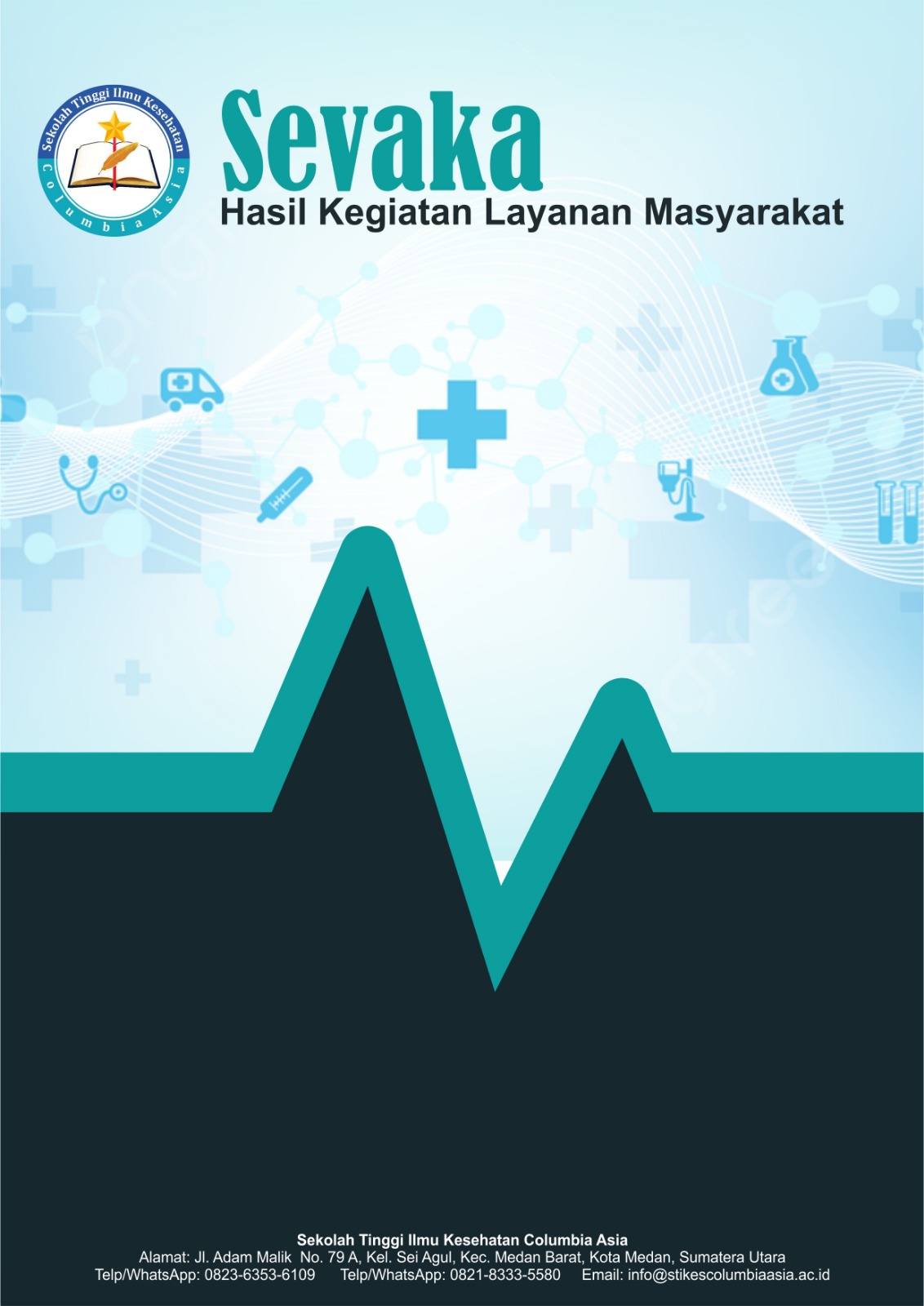Edukasi Pemanfaatan Jahe Sebagai Terapi Tradisional Untuk Mengurangi Mual Muntah Pada Ibu Hamil Trimester Pertama Di Klinik Pratama Madina
DOI:
https://doi.org/10.62027/sevaka.v3i2.469Keywords:
ginger, nausea vomiting, pregnant women, herbal education, first trimesterAbstract
Nausea and vomiting are common complaints experienced by pregnant women in the first trimester. If left unmanaged, these symptoms may develop into hyperemesis gravidarum, which poses risks to both mother and fetus. One non-pharmacological alternative is the use of ginger (Zingiber officinale) as a complementary therapy. This community service activity aimed to improve the knowledge and attitudes of pregnant women regarding the benefits of ginger decoction in reducing nausea and vomiting. The method included health education, hands-on practice in preparing ginger decoction, and pre-test and post-test evaluations. The activity was conducted at Pratama Madina Clinic, involving 45 first-trimester pregnant women. Results indicated a significant increase in knowledge, with pre-test scores averaging 4.53 and post-test scores rising to 8.33. The activity also led to positive behavioral changes and increased awareness of the safe use of herbal therapies during pregnancy. Ginger education proved to be an effective initiative for fostering social transformation within the pregnant women's community.
References
Aulia, R. (2021). Efektivitas Ekstrak Jahe terhadap Penurunan Mual Muntah pada Ibu Hamil. Jakarta: Pustaka Medis.
Depkes RI. (2016). Profil Kesehatan Indonesia Tahun 2015. Jakarta: Kementerian Kesehatan RI.
Green, L. W., & Kreuter, M. W. (2005). Health Program Planning: An Educational and Ecological Approach (4th ed.). New York: McGraw-Hill.
Henukh, A. M., & Aning, A. (2019). Pengaruh pemberian jahe terhadap mual muntah pada ibu hamil trimester I. Jurnal Kebidanan dan Kesehatan Tradisional, 4(1), 32–37.
Khairani, R. (2012). Terapi Non-Farmakologi pada Emesis Gravidarum. Medan: Fakultas Kedokteran USU.
Notoatmodjo, S. (2010). Ilmu Perilaku Kesehatan. Jakarta: Rineka Cipta.
Setyowati, H. (2018). Asuhan Kehamilan. Yogyakarta: Pustaka Cendekia.
World Health Organization. (2016). Maternal and Perinatal Health Profile. Geneva: WHO.
Hasanah, S. (2014). Pengaruh rebusan jahe terhadap penurunan frekuensi mual muntah pada ibu hamil trimester pertama. Jurnal Kesehatan Ibu dan Anak, 3(2), 45–50.
Maulana, H. (2016). Kesehatan Reproduksi. Yogyakarta: Nuha Medika.
Hernani, & Hayani, A. (2013). Jahe Sebagai Tanaman Obat Multifungsi. Bandung: Balai Penelitian Tanaman Rempah dan Obat.
Rukmana, R. (2000). Budi Daya Jahe secara Organik. Yogyakarta: Kanisius.
Santoso, T. (1994). Manfaat Tanaman Herbal untuk Kesehatan Ibu. Surabaya: Pustaka Sehat.
Tyastuti, D., & Wahyuningsih, I. (2016). Kajian efektivitas jahe terhadap mual muntah pada kehamilan awal. Jurnal Kebidanan Indonesia, 5(1), 21–27.
Widyaningsih, E. (2020). Peran terapi komplementer dalam mengurangi emesis gravidarum. Jurnal Kesehatan Komplementer, 8(1), 12–18.
Downloads
Published
How to Cite
Issue
Section
License
Copyright (c) 2025 Sevaka : Hasil Kegiatan Layanan Masyarakat

This work is licensed under a Creative Commons Attribution-ShareAlike 4.0 International License.







